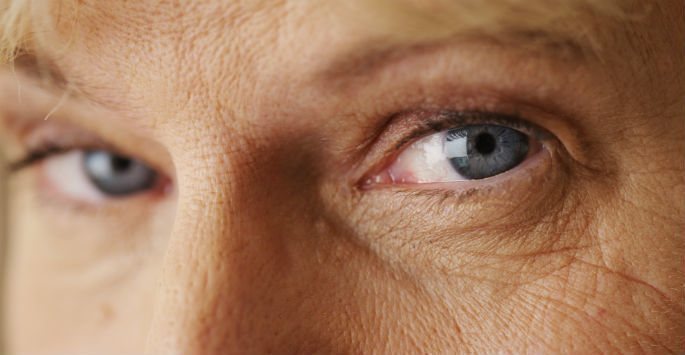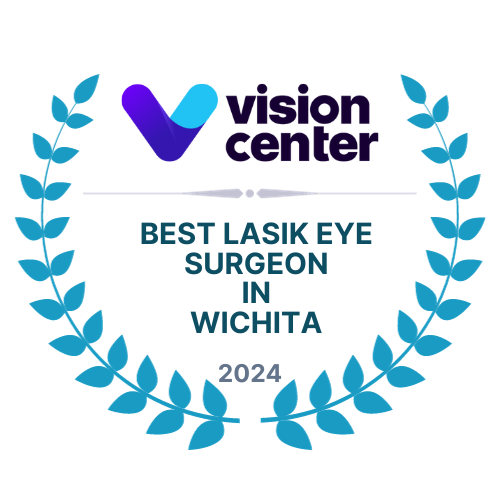A cataract is the most common cause of blindness in people over 40, and the chief cause of blindness throughout the world. According to Prevent Blindness America (PBA), the number of people with cataracts is greater than the combined numbers of people with macular degeneration, glaucoma and diabetic retinopathy.
Types of Cataracts
A cataract always involves a pathological clouding of the lens, and there are several types:
• In a cortical cataract, the patient develops wedge-shaped and white opacities that develop on the edge of the lens and move inwards, forming a spoke. Cortical cataracts develop in the lens cortex that surrounds the nucleus.
• Nuclear cataracts are typically associated with aging. They develop in the nucleus or the center of the lens.
• Subcapsular cataracts develop in the back of the lens. They are most common in people who take steroid medications or have diabetes
What Are the Symptoms?
Cataracts are insidious, and the patient doesn’t notice that there’s anything wrong at first. Subcapsular cataracts are especially likely to not cause any symptoms until they’re well developed. As the cataract progresses, the vison problems worsen and become more obvious. Cataract symptoms can include the following:
• Blurry or dim vision
• Increased difficulty seeing at night or in the dark
• Decreased color vision, which makes objects look yellowed or faded
• Double vision
• Increased sensitivity to light and glare
• Seeing halos around lights
• Increased need for light when reading or performing other activities
• Frequent changes in prescription lenses
Nuclear cataracts can produce a temporary improvement in a patient’s near vision called “second sight” during their early stages. As they continue to develop, the patient’s eyesight deteriorates.
How Are They Diagnosed?
The eye specialist will perform a number of tests if the patient believes they have a cataract. The patient may start by reading an eye chart to test their visual acuity. The results of the chart will tell the specialist if the patient’s vision is impaired and how severe the impairment is.
The specialist may also conduct a slit-lamp exam in which they use a special type of microscope to examine the structures of the eye. A slit-lamp exam will enable the medical professional to detect abnormalities within the eye.
In a retinal examination, the specialist administers eye drops to dilate the patient’s pupils to make it easier to examine the retina at the back of the eye. Either an ophthalmoscope or a slit-lamp will be used to examine the retina and optic nerve. During this exam, the eye specialist will also look for signs of glaucoma and other problems in addition to cataracts.
How Are They Treated?
In mild cases, the patient will only need glasses or contact lenses with the appropriate prescription. As the cataract worsens, the patient will eventually need to undergo surgery. In cataract surgery, our doctor removes the defective lens and replaces it with an artificial lens called an intraocular lens.
If you have cataracts, we encourage you to schedule an appointment at Wichita Vision Institute in Wichita to learn more about your treatment options. Contact us today to request a consultation at our office.







